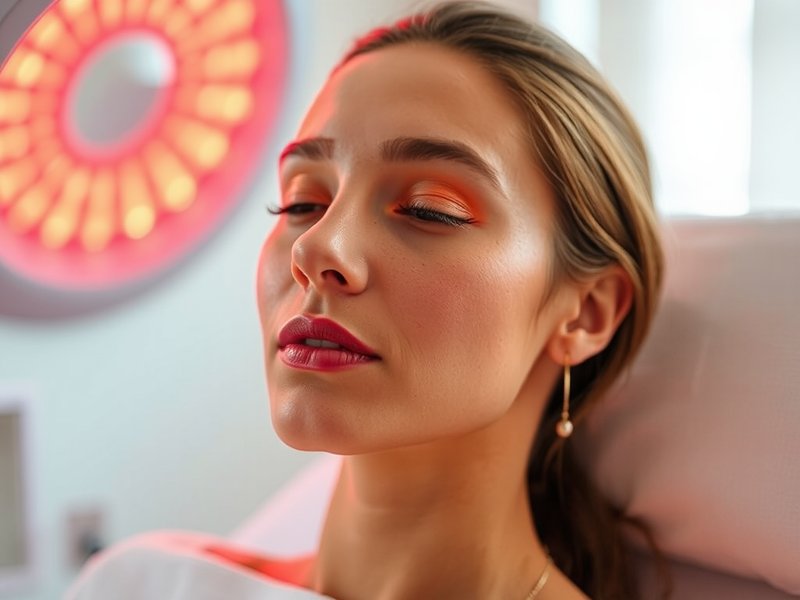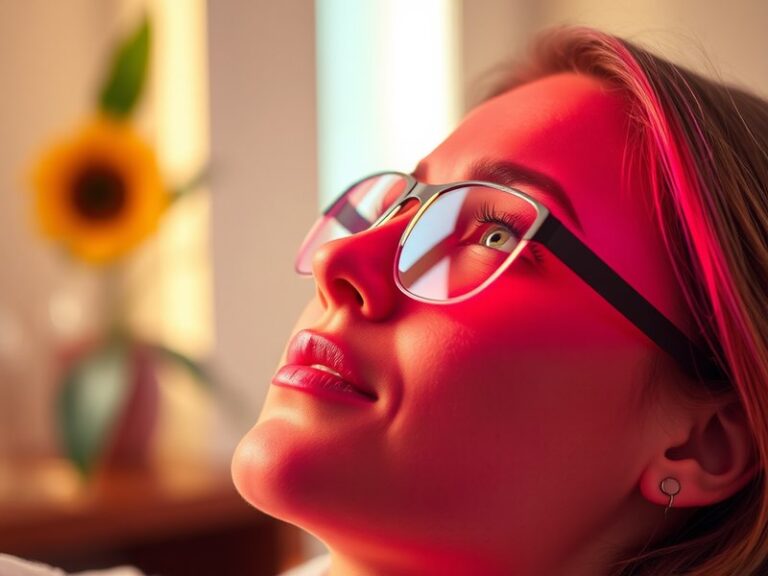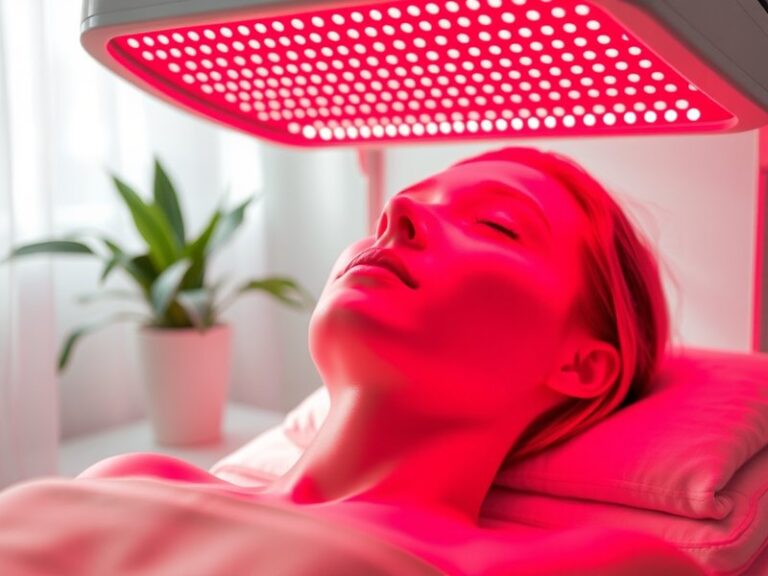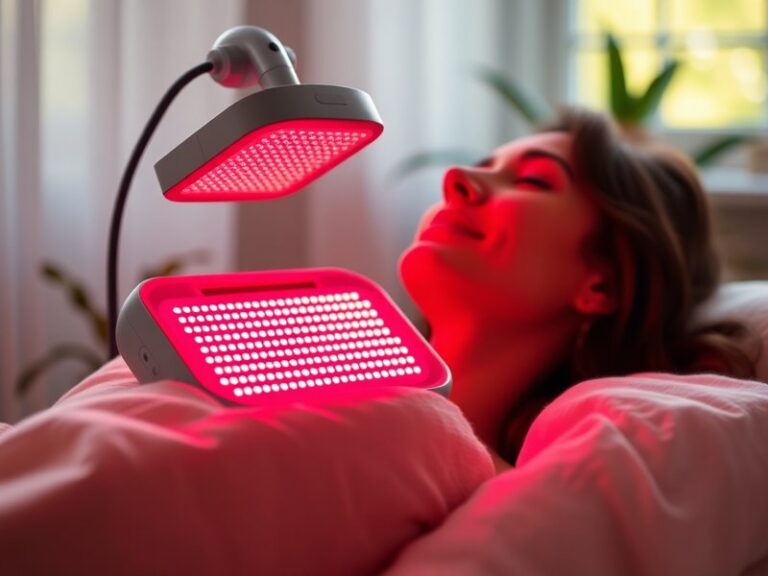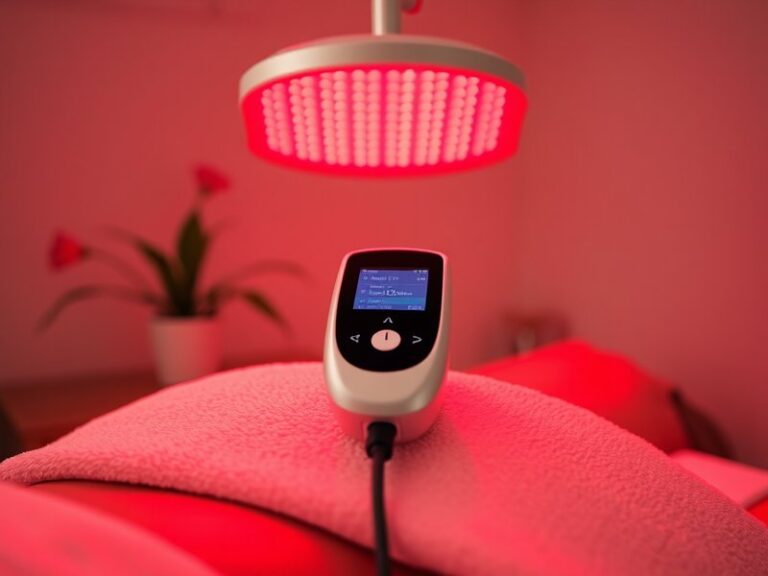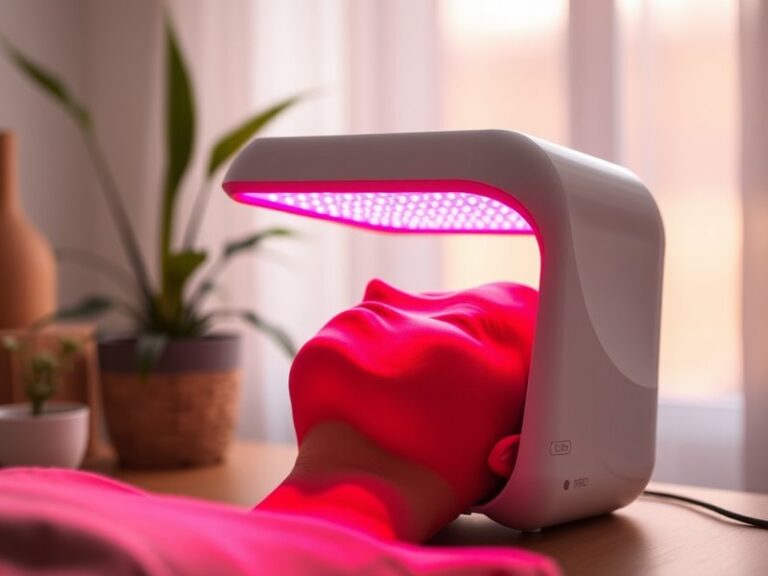Can You Use Red Light Therapy While Using Retin A?
Can You Use Red Light Therapy While Using Retin A?
Are you considering incorporating red light therapy into your skincare routine but unsure how it interacts with Retin A?
This article aims to clarify whether you can safely use red light therapy alongside Retin A, a common acne and anti-aging medication. We will explore both therapies’ benefits, potential interactions, and best practices to maximize your skincare routine.
Key Takeaways
- Red light therapy can complement the effects of Retin A, enhancing skin rejuvenation.
- Usage recommendations vary based on individual skin sensitivity and treatment goals.
- Consulting with a dermatologist is crucial before combining these therapies to ensure safety and effectiveness.
What is Red Light Therapy?
Red light therapy (RLT) is a non-invasive treatment that uses low-level wavelengths of light to stimulate skin healing and rejuvenation. The therapy is known for promoting collagen production, reducing inflammation, and improving skin texture.
It works by penetrating the skin’s layers, energizing cells, and enhancing blood circulation. Commonly used for skin conditions such as acne, rosacea, and signs of aging, red light therapy has gained popularity in both clinical and at-home settings.
What are the Benefits of Red Light Therapy?
Using red light therapy comes with a variety of benefits, particularly for skincare.
Enhanced Skin Healing
Red light therapy promotes faster healing of the skin, making it beneficial for individuals dealing with acne and post-acne scars. Studies have shown that RLT can reduce healing time and improve the appearance of damaged skin.
Reduction in Fine Lines and Wrinkles
By stimulating collagen production, red light therapy can help visibly reduce the appearance of fine lines and wrinkles. This is particularly advantageous for those using Retin A for its anti-aging properties.
Improvement in Skin Texture
Many users report improved skin texture and tone after regular RLT sessions. For those using Retin A, having smoother skin may enhance the overall effectiveness of their anti-aging or acne treatments.
Is it Possible to Use Red Light Therapy While Using Retin A?
Yes, it is generally possible to use red light therapy while using Retin A. However, individual responses may vary based on skin type and sensitivity.
Get all the info in Can Red Light Therapy Aid Kidneys?
What are the Advantages of Combining RLT and Retin A?
Combining these therapies may maximize skincare benefits.
Synergistic Effects
Using red light therapy while on Retin A can enhance the benefits of both treatments. For instance, while Retin A promotes cell turnover, RLT can help to soothe and heal the skin, potentially reducing irritation commonly associated with Retin A.
Faster Results
For individuals seeking quicker improvements in their skin condition, using both therapies may lead to faster and more noticeable results than either would achieve alone.
Reduced Irritation
Red light therapy may alleviate some of the redness and irritation that can occur with Retin A, creating a more tolerable experience and encouraging consistent use of the medication.
What are the Disadvantages of Combining RLT and Retin A?
Although there are benefits, there are also factors to watch out for.
Potential Skin Sensitivity
Both treatments can cause some degree of skin sensitivity, which may be exacerbated when used together. This sensitivity can increase the risk of irritation or adverse reactions.
Over-treatment Risks
Using multiple therapies simultaneously may lead to over-treatment of the skin, particularly for those with sensitive skin. It’s important to monitor your skin’s response and adjust usage as needed.
What are the Things to Consider Before Combining RLT and Retin A?
Before integrating red light therapy into your skincare routine with Retin A, consider the following factors.
Skin Type and Sensitivity
Understanding your skin type is essential. Individuals with oily or normal skin may tolerate the combination better than those with sensitive or dry skin. Personalized adjustments may be necessary.
Consultation with a Dermatologist
Always consult with a dermatologist before combining treatments. They can assess your skin and provide tailored advice, ensuring that you’re using these therapies safely and effectively.
Timing of Treatments
Consider how you schedule your treatments. It may be beneficial to space out the application of Retin A and RLT, allowing your skin to adapt to each treatment.
Self-Monitoring
Be vigilant about your skin’s reaction to the combination. If you experience increased redness, irritation, or peeling, you may need to adjust the frequency or intensity of either treatment.
Discover the complete guide How Does Red Light Help?
What are the Alternatives to Using RLT with Retin A?
If you’re less inclined to combine these two therapies, consider these alternatives.
Topical Alternatives
Many effective topical treatments can be used with Retin A, such as hyaluronic acid or vitamin C serums, which can complement the anti-aging and healing properties of Retin A without the need for another light therapy.
Chemical Peels
Professional-grade chemical peels offer a separate approach to skin rejuvenation and can sometimes be combined with Retin A for enhanced results. Consult with a skincare professional for advice on suitable types.
Microdermabrasion
This treatment involves exfoliating the skin layers to promote new skin growth. Like RLT, microdermabrasion can be beneficial but should be scheduled carefully to avoid irritation when also using Retin A.
Conclusion: Is it Recommended to Use Red Light Therapy with Retin A?
Combining red light therapy with Retin A can offer skin-enhancing benefits, but it requires careful consideration of individual skin types, tolerance, and treatment goals. Most importantly, expert consultation with a dermatologist can ensure that your skincare journey is safe, effective, and tailored to your needs.
Frequently Asked Questions
Can I use red light therapy every day with Retin A?
It depends on your skin’s tolerance. Some may benefit from daily use, while others might need to limit sessions to a few times a week to avoid irritation.
How long should I wait after applying Retin A to use red light therapy?
A general guideline is to wait about 30 minutes to allow Retin A to absorb into the skin before using red light therapy. Always monitor your skin’s response to adjust timing if necessary.
Is red light therapy safe for all skin types?
Red light therapy is generally considered safe for all skin types, but those with certain skin conditions should consult a dermatologist for personalized advice.
Can I use other light therapies with Retin A?
It’s crucial to be cautious with other light therapies, as some can cause increased sensitivity or irritation when used with Retin A. Always seek professional guidance.
What if I experience irritation?
If irritation occurs, discontinue one or both treatments temporarily, and consult with a dermatologist for personalized recommendations based on your skin’s condition.
